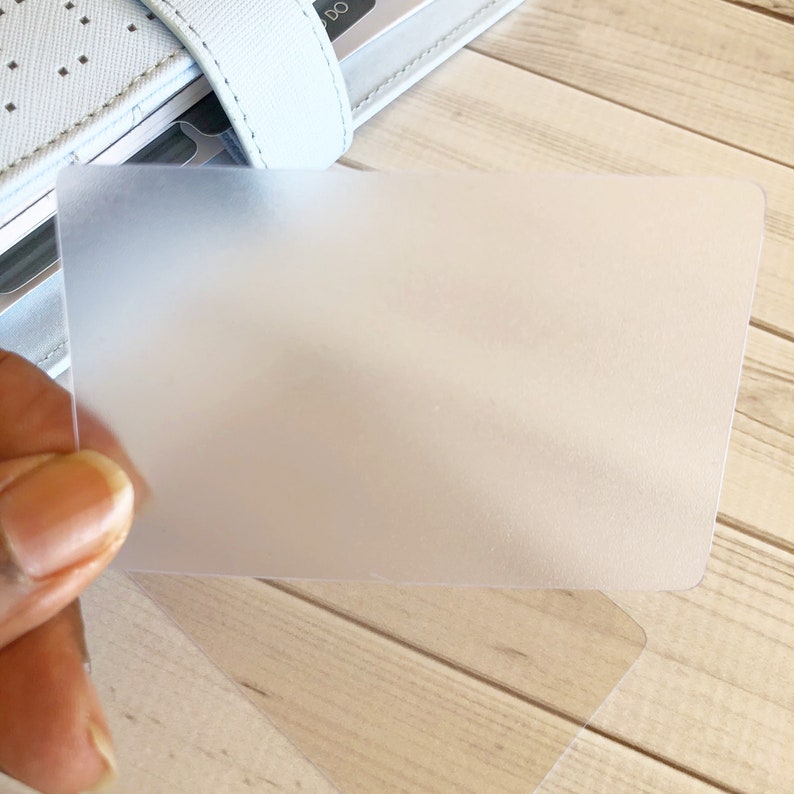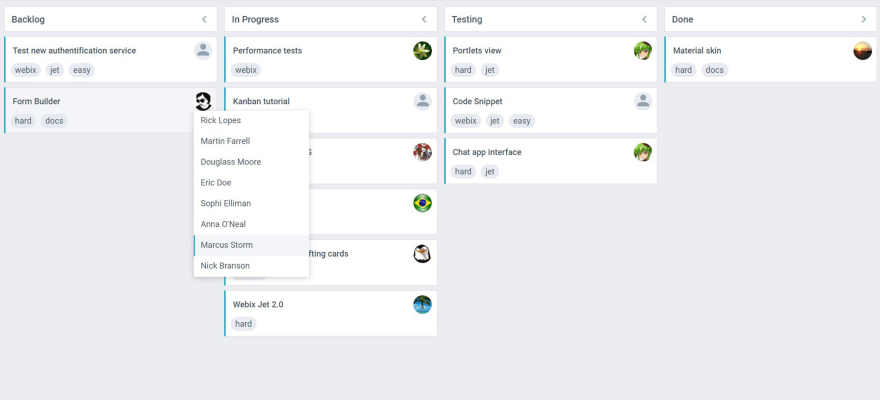
- Javascript create taskcard how to#
- Javascript create taskcard pdf#
- Javascript create taskcard download#
The method also returns the reference to the newly created element which you can store to be used later. So if you pass DIV as an argument, it will create a div element. Note: The createElement method converts the element name to lowercase and then creates the element.
Javascript create taskcard how to#
You will see how to append these newly created elements at the desired location on the webpage. In this tutorial, you will learn how JavaScript create element with classes and id. lastIndexOf string method in javascript.How to get all checked checkbox value in javascript.Check if checkbox is checked in Javascript.JavaScript function return multiple values.Multiple Case In Switch Statement JavaScript.Find index of object in array JavaScript.Javascript loop through array of objects.Print array using for loop in javascript.

Javascript create taskcard pdf#
As a result, it becomes very easy to create complex PDF documents in seconds. This brings native, dynamic PDF generation into the browser to embed in any web app. Support additional features not easily possible with Puppeteer, such as form fillingįor this use case, consider our advanced JS framework – WebViewer from-Office template generation.Leverage the same serverless advantages of html2pdf.js.
Javascript create taskcard download#

Severless, Dynamic Generation of Paginated PDFs (We even offer a Salesforce-specific build as a Lightning Web Component!) It drops into any web app directly and supports all modern frameworks including React, Angular, Vue, Blazor, etc.

WebViewer has a built-in Office engine to generate PDFs from templates in Office formats, no servers, MS Office software, or MS Office licenses required. This makes it easy to recycle from an existing repository. As a bonus, users can upload their own templates in open Office formats created in their familiar Office tools.

In contrast, Office templates have pagination baked into the logic of the format, making implementation of dynamic generation easier. HTML is great for simple documents where content is relatively static and/or limited to one page.īut it is less ideal for paginated documents, especially if your content needs to adjust dynamically when populated and it reflows across pages, since HTML was designed for webpages without pagination. using templates in other formats such as Office (docx, pptx, and xlsx, as well as legacy Office formats).


 0 kommentar(er)
0 kommentar(er)
